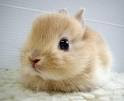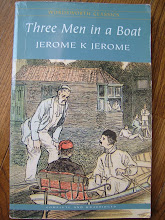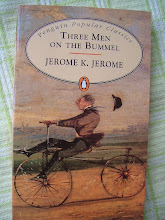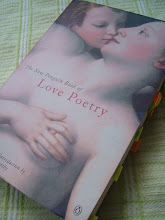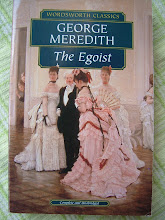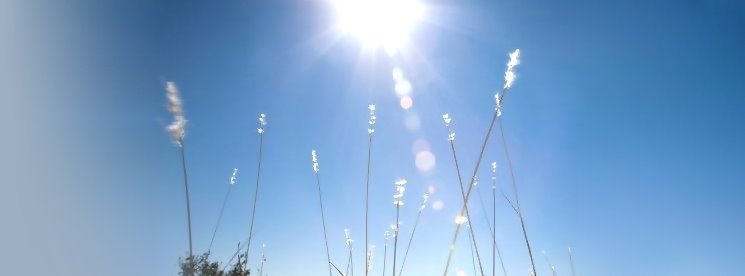 Some significant images and symbols such as Irish heroic figures, Celtic and Christian symbols, and many more are found in William Butler Yeats’s poems. Heroic images in Yeats’s poems are perceived as a vehicle for protesting against the religion, social structure, political principles and cultural standards of modern Ireland. The definition of a hero is: one who possesses authority over the average, who is admired by others for his or her noble quality or courage.
Some significant images and symbols such as Irish heroic figures, Celtic and Christian symbols, and many more are found in William Butler Yeats’s poems. Heroic images in Yeats’s poems are perceived as a vehicle for protesting against the religion, social structure, political principles and cultural standards of modern Ireland. The definition of a hero is: one who possesses authority over the average, who is admired by others for his or her noble quality or courage.Heroes are morally worthy men or women who have the courage to protest against the unfairness of society and rebel against occupation, just like Yeats’s discontent with the modern Ireland and Britain’s occupation of Ireland, its industrialization, secularism and so on. He obviously longed for a simpler and more primitive world (like India). According to “Yeats and the Heroic Ideal”, there are many possible kinds of hero—the historical hero, literary hero, mythological hero, epic hero and others. The mythological hero is considered as possessing the supernatural power while the epic hero is more clearly human and pursues worldly glory and success.[1]
Perhaps the heroic figures in Yeats’s poems are more mythological heroes and historical heroes such as Cuchulain the paramount hero of Irish mythology, Edward Fitzgerald the Irish patriot fatally wounded while resisting arrest, Wolfe Tone, leader of the United Irishmen who committed suicide after his capture by British forces and many more. Other than those real or unreal heroic figures, many of the great people who were really existed such as Pythagoras the Greek philosopher and mathematician, Empedocles the Greek philosopher, Callimachus the Greek sculptor and others also appear in Yeats’s poem.
The usage of lots of historical and mythical figures in his poems requires the readers to have such kinds of knowledge about those figures otherwise it is difficult to comprehend or obtain clear images of those poems. Repetition of the same words is also frequently found in Yeats’s poems; perhaps it is due to his aim of creating a kind of atmosphere as a means of emphasizing his thoughts and also to create the harmony of rhythm in his works.
When the world is getting more civilized, it is inevitable that the lost heroes are being forgotten. Yeats’s “September 1913” is like a picture of a broken society that has entirely forgotten the heroic individual, he seemed to be reeducating the world in the appreciation of the heroic individual, and aimed to revitalize the Irish culture as it had been in former times.
Many of Yeats’s poems are also connected with long dead civilizations like ancient Greece and Celtic Ireland. Those ideal cultures in Yeats’s eyes had vanished together with the flowing of time and been buried in history, and he was eager to find a suitable culture to replace the present modern Irish culture that he treated as his enemy. When he couldn’t discover the ideal one in Ireland and Europe itself, it was natural that he tried to search for it somewhere else. And he seemed to have found it in the Eastern world, India, the country that possesses a long history and is full of mysterious aspects in Europeans’ eyes.
Due to the fact that India and Ireland were also occupied by Britain, perhaps Yeats found a kind of brotherly feeling towards India. India is a simpler and more primitive world that he was longing for. Perhaps he was also dissatisfied with the usage of the English language that was replacing the original Indian and Irish languages. Therefore he encouraged writers to write in their own original languages instead of English in order to protect the primitivism or the originality of the country. Other than India, Yeats was interested in one of the countries in the oriental world—Japan. But perhaps it was because there are more similarities between India and Ireland in terms of being occupied by Britain, that he seemed to have more interest in India compared to Japan.
As in his famous poem “The Secret Rose”, the combination of Christian and Celtic elements together with myth and tradition, and as the title of this poem --the word “rose” itself is often used by poets to symbolize Ireland in which it is a “recurrent symbol in Irish poetry and in religious and mystical iconography”[2]. According to “Symbols in Christian Art and Architecture”[3], the image of the rose is “usually shown in stylized form, has been a common Christian symbol since the 1200s. It may be used to represent the Messianic promise, the nativity of Christ, the virgin Mary (her rose is white for purity), or martyrdom (a red rose). It is used often in Gothic architecture.” Even though in this poem Yeats didn’t mention any colour of the rose, the phrase “inviolate Rose” perhaps suggests that Ireland should be pure from earthly violation, as pure as the virgin Mary, and keep all those elements of impurity such as those mentioned above that he disagreed with away from Ireland.
How desperately Yeats wanted to revitalize the old Irish identity and culture but unfortunately the modern and industrialized Ireland failed him. When a country is moving towards a new era and experiencing revolution, it is inevitable that new concepts such as materialism and modernization will take over the old systems. Just like what he mentioned in “September 1913”: “Romantic Ireland’s dead and gone, it’s with O’Leary in the grave.” No matter how desperately he wanted to preserve the old culture, he is ultimately defeated by the flowing of time.
His poem entitled “He wishes for the Cloths of Heaven” sounds: “…I would spread the cloths under your feet: but I, being poor, have only my dreams; I have spread my dreams under your feet; tread softly because you tread on my dreams.” His aim of revitalizing the old era and its culture is unfortunately like the word in this poem—dream, in which it is as if his dream of preserving the good old qualities of society is being trodden on by the evil elements of the modern Ireland but he could do nothing about it at all.
[1] Zwerdling, Alex. Yeats and the Heroic Ideal, New York University Press, 1965.
[2] Yeats, W.B., W.B.Yeats, ed. John Kelly, Everyman J.M. Dent, London, 1997.
[3] http://home.att.net/~wegast/symbols/symbols.htm


William Butler Yeats (1865-1939) in 1908 and 1933.
(Written on February 12, 2004 for Seminar on Literary Criticism of Literature in English: Hopkins, Yeats, Hardy)
